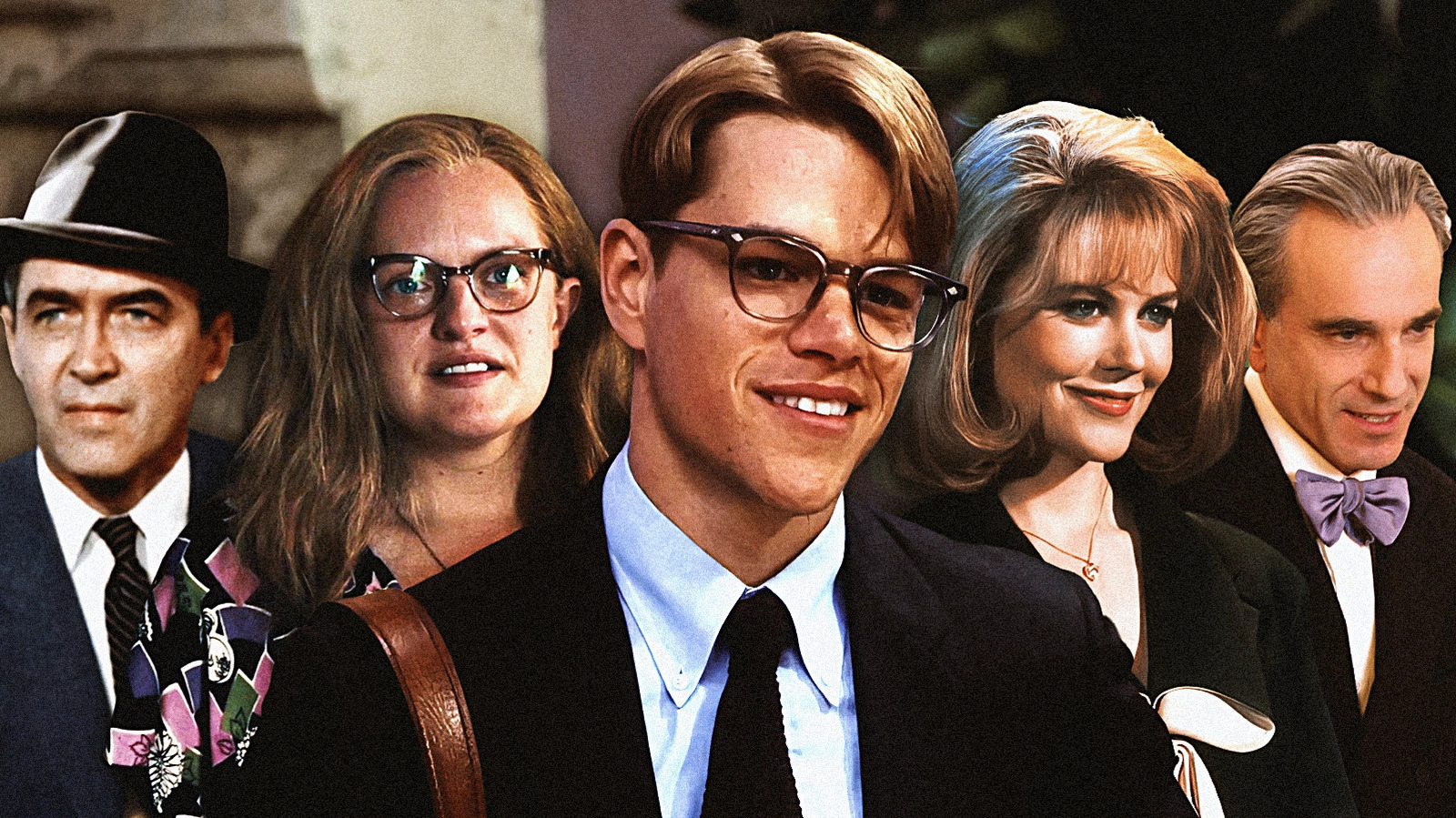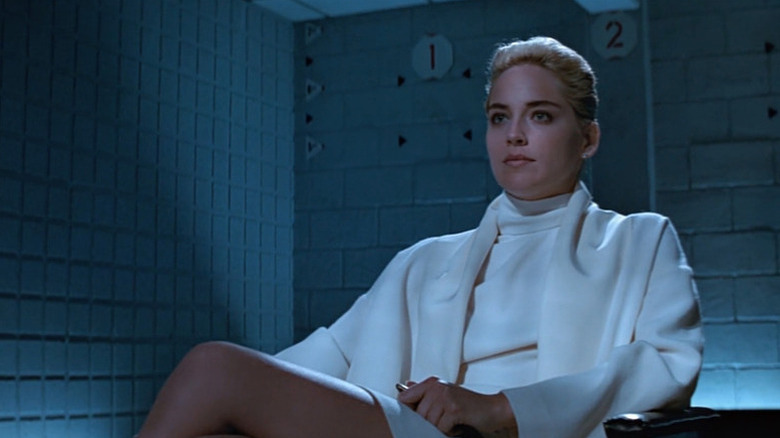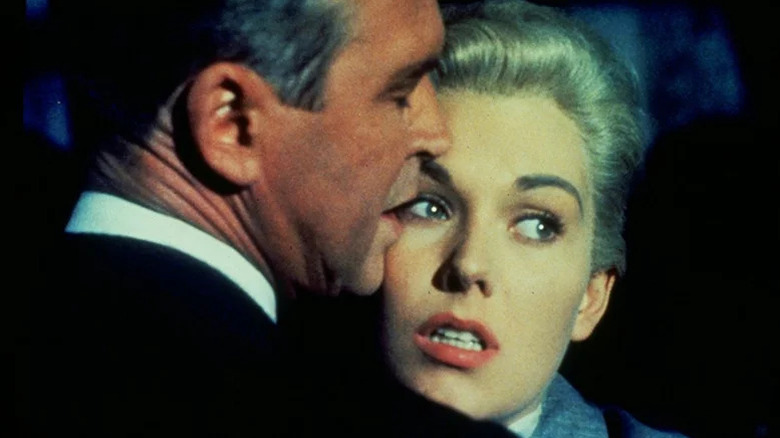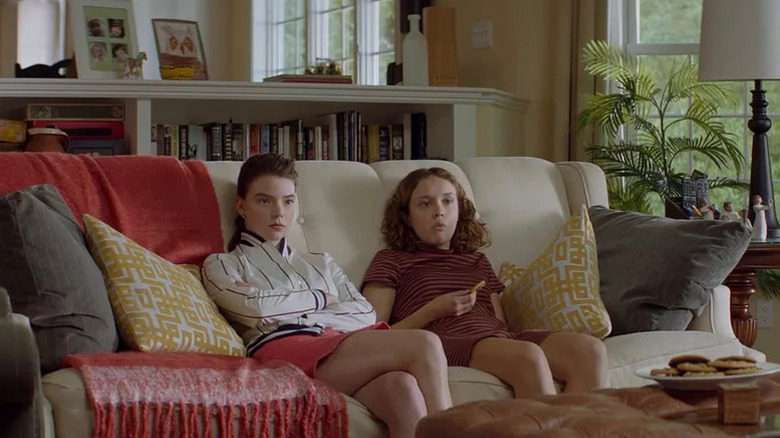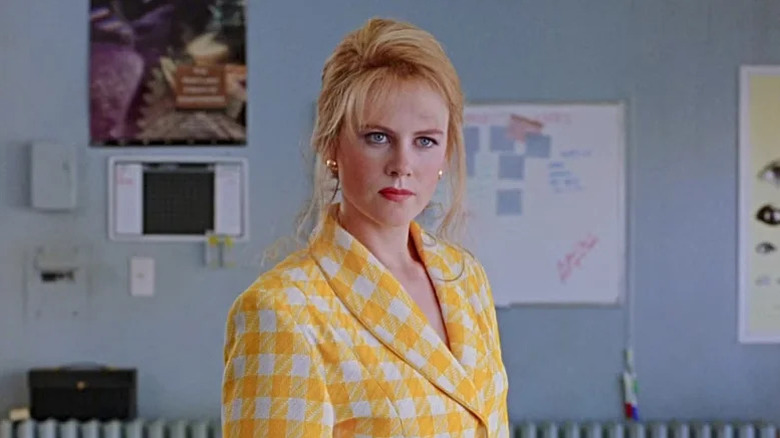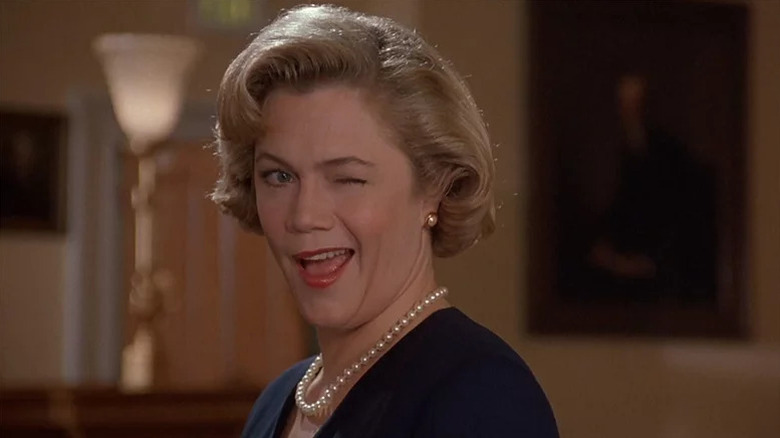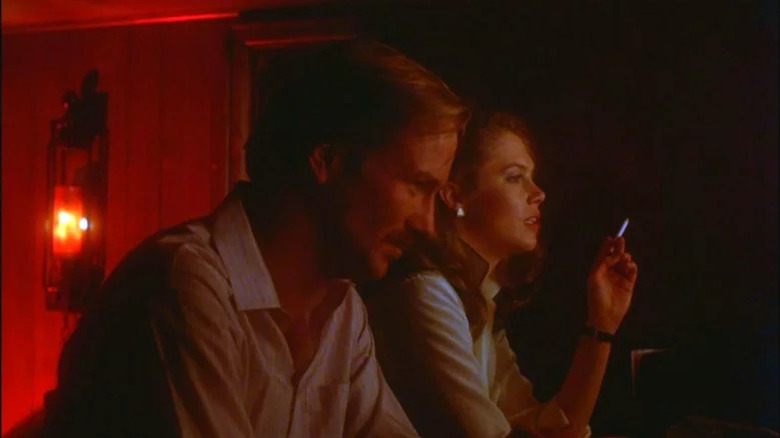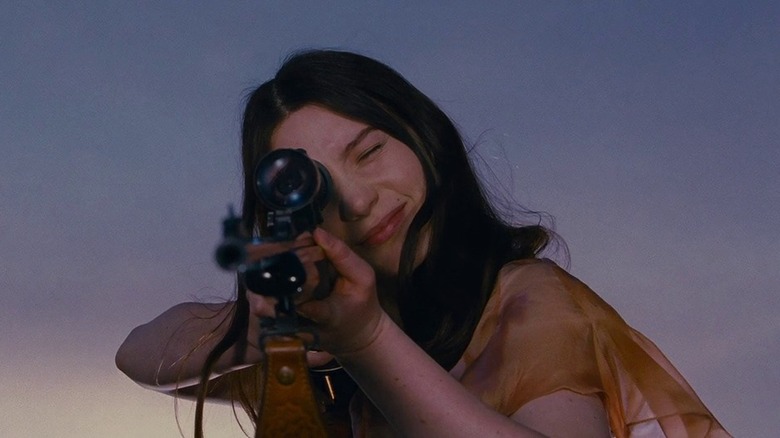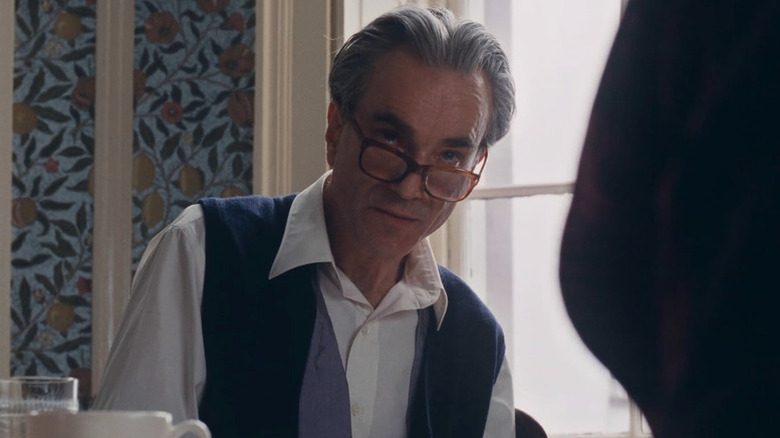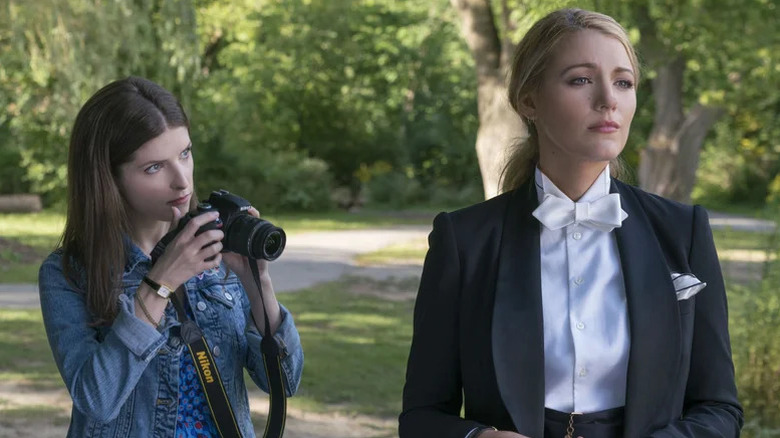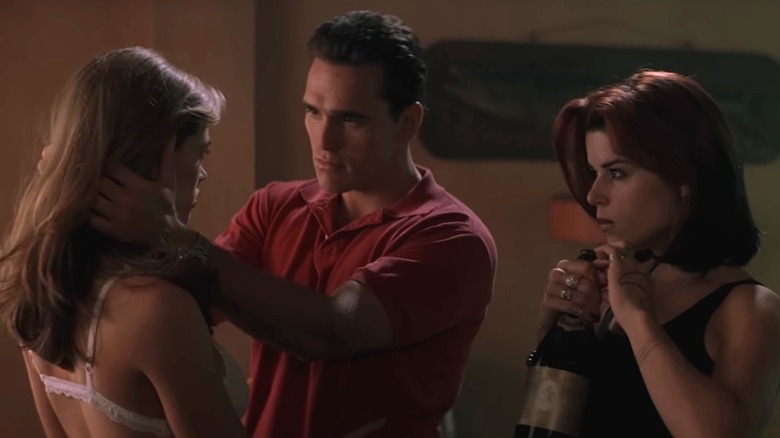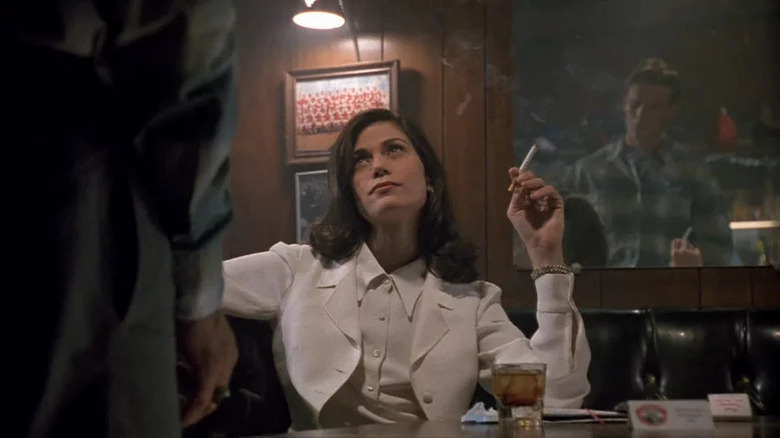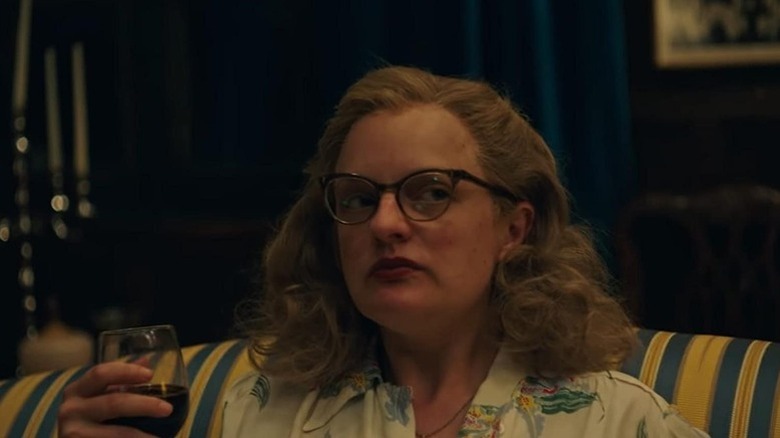shocking plot twists and narrative turns, from the unpredictable plot of “The Game” to the famous question at the end of “Se7en.” Indeed, many of his films are psychological thrillers, but one movie stands out as the best companion to “Gone Girl.”
In “The Girl with the Dragon Tattoo,” released the year after “Gone Girl,” Rooney Mara plays Lisbeth Salander, a misanthropic hacker with a traumatic past. Lisbeth starts working with Mikael Blomkvist (Daniel Craig), a disgraced journalist trying to solve a decades-old mystery.
Like Rosamund Pike’s Amy Dunne, Lisbeth isn’t an especially likable character, but we root for her anyway. Indeed, as we get to know Lisbeth, we come to accept her violent actions. Based on the incredible book by the late Stieg Larsson, the movie is filled with intriguing revelations that keep you on the edge of your seat. Add to that a complex, puzzling relationship between the two leads, and you’ve got a winner.

